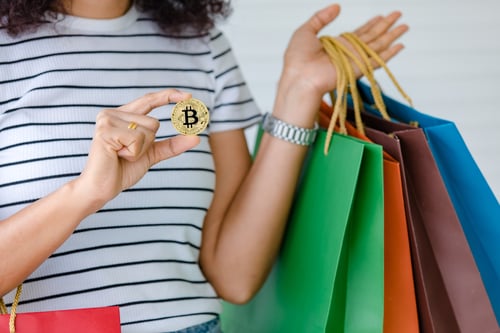In North America and across Europe there has been an increase in the number of crypto storefront operators opening-up
With crypto stores now popping up all over the globe, it begs the question as to why we’re seeing this influx of storefront operators. The belief that customers are interested in the physical presence to offer advice for the fast-growing world of digital currency is partly what’s driving things forward.
There must be more to this growing trend, despite the fact it seems so obscure to run a store for the purpose of exchanging crypto for fiat currency and vice versa. Well, these entrepreneurs have certainly found a niche in the market.
What has driven the rise of walk-in crypto stores?
As we touched on before, the physical presence is something that instills trust in users, especially those that are new to investment—which for cryptocurrency, is normally the vast majority of people. The growth of the digital asset ecosystem is hard to ignore, but plunging into it is something only an estimated 3.9% of the global population has done.
This is partly due to the technological barriers and the archaic understanding that investments are carried out using the native currency relative to the investor. A bricks-and-mortar exchange offers the same services as a bank, in that customers can walk in and deposit fiat currency, whether it be in cash, card or via bank transfers, that will then be transferred into digital assets.
But, promoting crypto to cash-carrying individuals is just one aspect of the service these stores provide. A big part of the community is providing a platform for educating people about crypto and helping them to take their first steps into the community. Of course, stores also help to set up digital wallets and allow customers to control their currency via an app, which the store will take a fee from 1-5% for each transaction.
While this is more than customers will find at most online exchanges, the improved experience compared to online exchanges is clearly appealing to many. Waiting around for days to get a response to a basic question isn’t akin to traditional banking and will deter many people. Whereas, an open door policy with a smiling face breaking down the aspects of the industry you don’t understand, maybe exactly what crypto has been missing.
With more than 24,000 crypto ATMs in operation in the U.S., there has never been a better time to connect customers to digital finance.
 Mark Weaden
Mark Weaden





